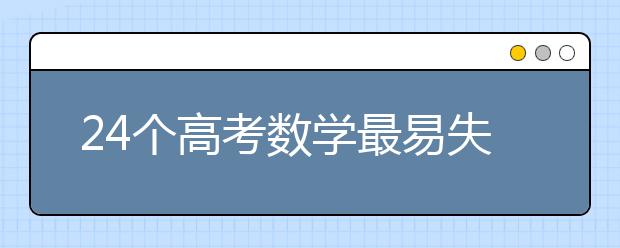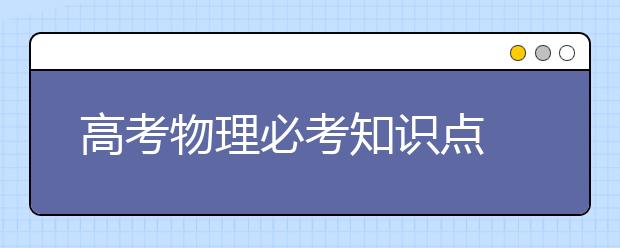面临中考,九年级的学习任务就多了一项复习。要边学习新知识,边进行总结归纳,这样更利于有效的总复习。以下为九年级英语知识点总结:
被动语态
被动语态常用于以下两种情况:
1.不知道谁是动作的执行者,或者没有必要指出谁是动作的执行者;
2.强调动作的承受者。例如:
C.熟练转换
1.将主动语态变被动语态的基本方法为:
①将主动语态的宾语作被动语态的主语;
②谓语动词变为“be+及物动词的过去分词”,并通过be的变化来表达出不同的时态;
③主动语态的主语变为介词by的宾语,组成介词短语放在被动结构中的谓语动词之后。(有时by短语可以省略)。
2.被动语态的一般疑问句是将一个助动词置于主语之前;否定句是在第一个助动词后加not;特殊疑问句的语序为:疑问词+一般疑问句。例如:
Where did they grow vegetables?(改为被动语态)
Where were vegetables grown ?
将主动语态变被动语态应注意几个特殊情况:
1.含双宾语的主动结构变为被动结构时,有两种方法:
①将间接宾语变为主语,直接宾语保持不变;
②将直接宾语变为主语,间接宾语用介词to或for引导。
2.短语动词的被动语态:在变为被动语态时,要将短语动词视为一个整体,其后的介词或副词不能省去。
3.含有复合宾语的主动结构变被动结构时,通常将宾语变为被动句的主语,而宾语补足语就成为主语补足语。注意:省略to的不定式作宾补时,不定式符号to必须补上。
4.不定式的被动结构:动词不定式的被动语态为“to be +过去分词”。
人教版初三英语知识点:形容词与副词
1.形容词的用法
(1)形容词在句中作定语,表语,宾语补足语。例如:
Our country is a beautiful country. (作定语)
The fish went bad. (作表语)
We keep our classroom clean and tidy. (作宾语补足语)
(2)形容词修饰something, anything, nothing, everything等不定代词时,形容词放在名词后面。
Ihave something important to tell you.
Is there anything interesting in the film.
(3)用 and 或 or 连接起来的两个形容词作定语时一般把它们放在被修饰的名词后面。起进一步解释的作用。
Everybody, man and woman, old and young, should attend the meeting.
You can take any box away, big or small.
(4)the+形容词表示一类人或物
The rich should help the poor.
2.副词的用法
(1)副词在句中可作状语,表语和定语。
He studies very hard. (作状语)
Life here is full of joy. (作定语)
When will you be back? (作表语)
副词按其用途和含义可分为下面五类:
1)时间副词
时间副词通常用来表示动作的时间。常见的时间副词有:now today, tomorrow, yesterday, before, late, early, never, seldom, sometimes, often, usually, always等。例如:
He often comes to school late.
What are we going to do tomorrow?
He is never been to Beijing.
2)地点副词
地点副词通常用来表示动作发生的地点。常见的地点副词有:here, there, inside, outside, home, upstairs, downstairs, anywhere, everywhere, nowhere, somewhere, down, up, off, on, in, out等。例如:
Imet an old friend of mine on my way home.
He went upstairs.
Put down your name here.
3)方式副词
方式副词一般都是回答“怎样的?”这类问题的,其中绝大部分都是由一个形容词加词尾-ly构成的, 有少数方式副词不带词尾-ly, 它们与形容词同形。常见的方式副词有:anxiously, badly, bravely, calmly, carefully, proudly, rapidly, suddenly, successfully, angrily, happily, slowly, warmly, well, fast, slow, quick, hard, alone, high, straight, wide等。例如:
The old man walked home slowly.
Please listen to the teacher carefully.
The birds are flying high.
He runs very fast.
4)程度副词
程度副词多数用来修饰形容词和副词,有少数用来修饰动词或介词短语。常见的程度副词有:much, (a) little, a bit, very, so, too, enough, quite, rather, pretty, greatly, completely, nearly, almost, deeply, hardly, partly等。例如:
Her pronunciation is very good.
She sings quite well.
Ican hardly agree with you.
5)疑问副词是用来引导特殊疑问句的副词。常见的疑问副词有:how, when, where, why等。例如:
How are you getting along with your studies?
Where were you yesterday?
Why did you do that?
人教版初三英语知识点:冠词和数词
一、冠词的用法
冠词是虚词,放在名词之前,用来说明名词指的人或事物。冠词有两种。
A(an)叫不定冠词,the叫定冠词。A用在辅音之前,an用在元音之前。
1. 不定冠词的用法
(1)a和an均用在单数名词之前,表示某一类人或事物。例如:
John is a student.
Mary is an English teacher.
(2)指某一类人或事物中的任何一个。例如:
Asteel worker makes steel.
Pass me an apple, please.
(3)指某人或某物,但不具体说明何人或和物。例如:
Astudent wants to see you.
Agirl is waiting for you outside.
(4)表示“每一”的意思,相当于every。例如:
Take the medicine three times a day.
They go to see their parents once a week.
2.定冠词用法
(1)特指某(些)人或某(些)事物。例如:
The book on the desk is an English dictionary.
Beijing is the capital of China.
(2)指说话人和听话人都熟悉的人或事物。例如:
Open the door, please.
Jack is in the library.
(3)上文提到过的人或事物。例如:
Yesterday John’s father bought him a new bike. The bike cost him 200 yuan.
(4)表示世界上独一无二的事物。例如:
The sun rises in the east and sets in the west.
(5)用在序数词和形容词最高级之前。例如:
Shanghai is the biggest city in China.
January is the first month of the year.
(6)用在某些形容词之前,表示某一类人或事物。例如:
The nurse is kind to the sick.
We should take good care of the old.
(7)用在某些专有名词之前和某些习惯用语中。例如:
the Great Wall, the Summer palace, in the morning, in the open air等。
(8)用在姓氏复数之前,表示“某某一家人”,“某某夫妇”。例如:
the Browns, the whites等。
以上就是金博宝188官网为大家带来的人教版九年级英语知识点总结,初三英语知识点总结大全,希望能帮助到广大考生!








